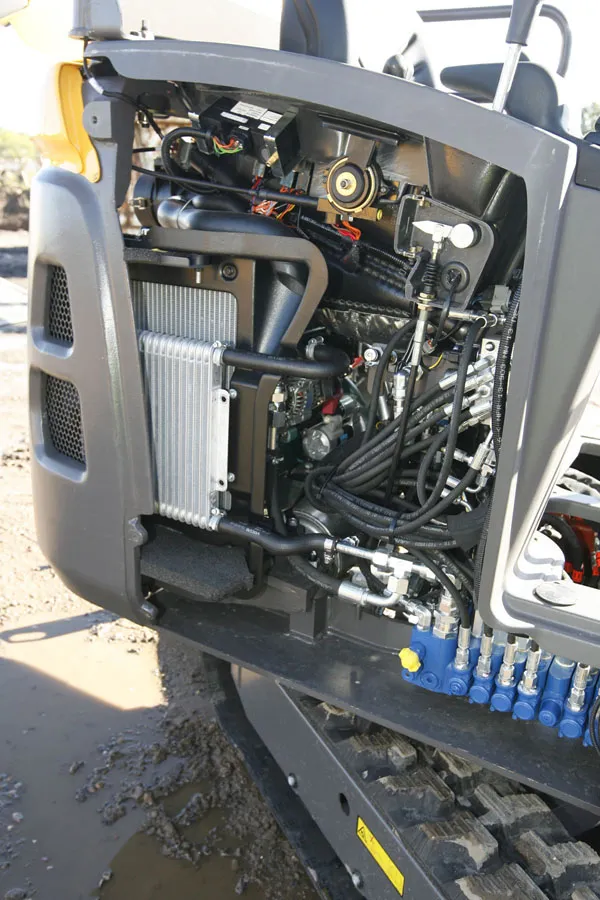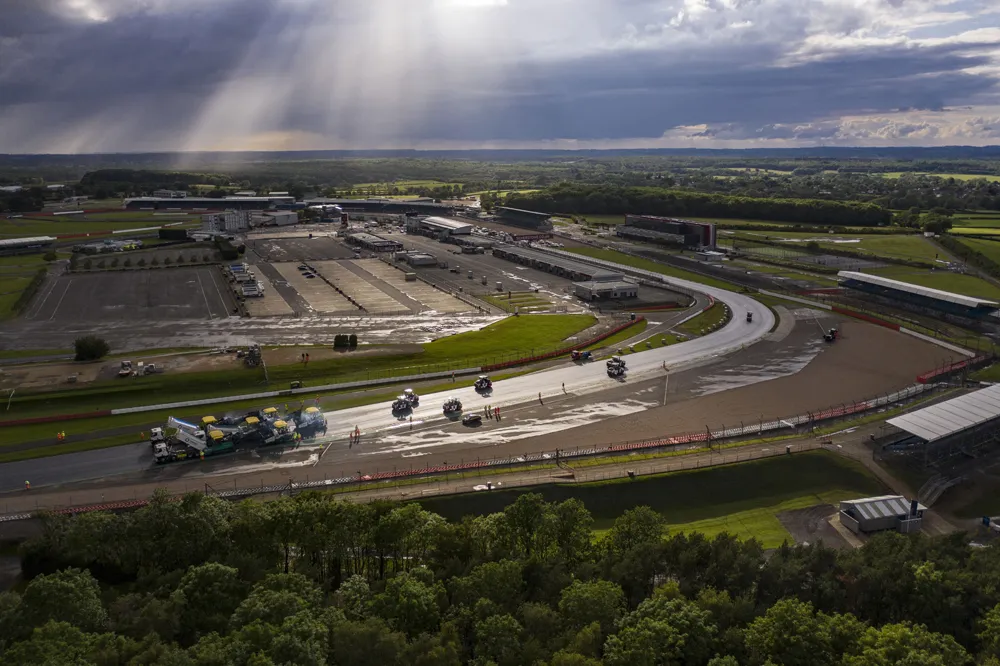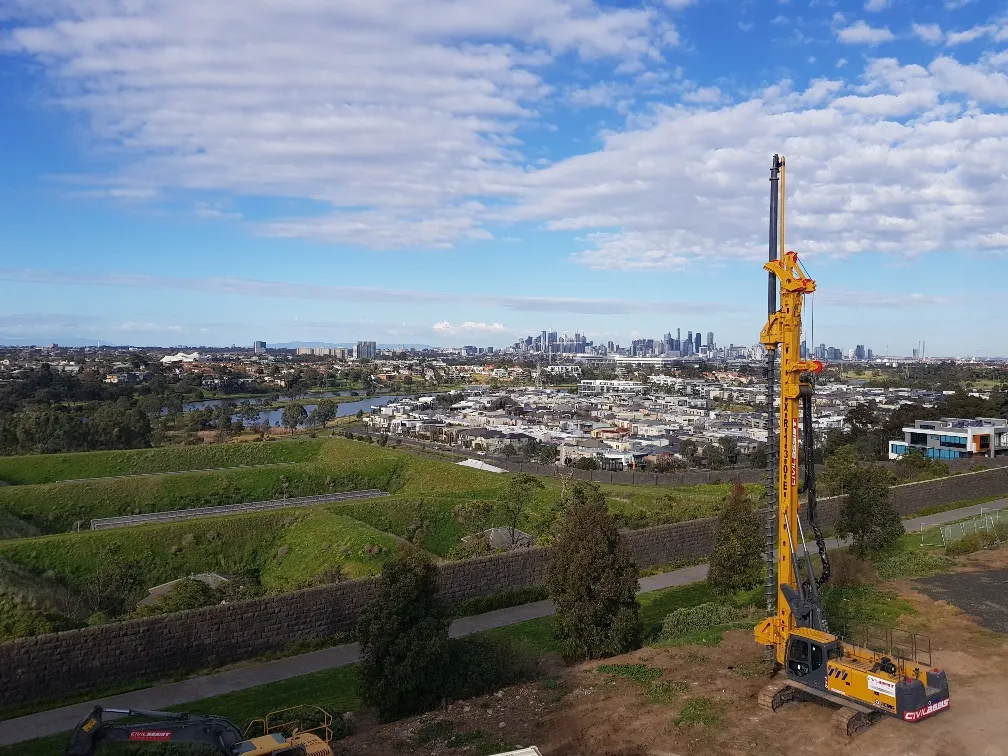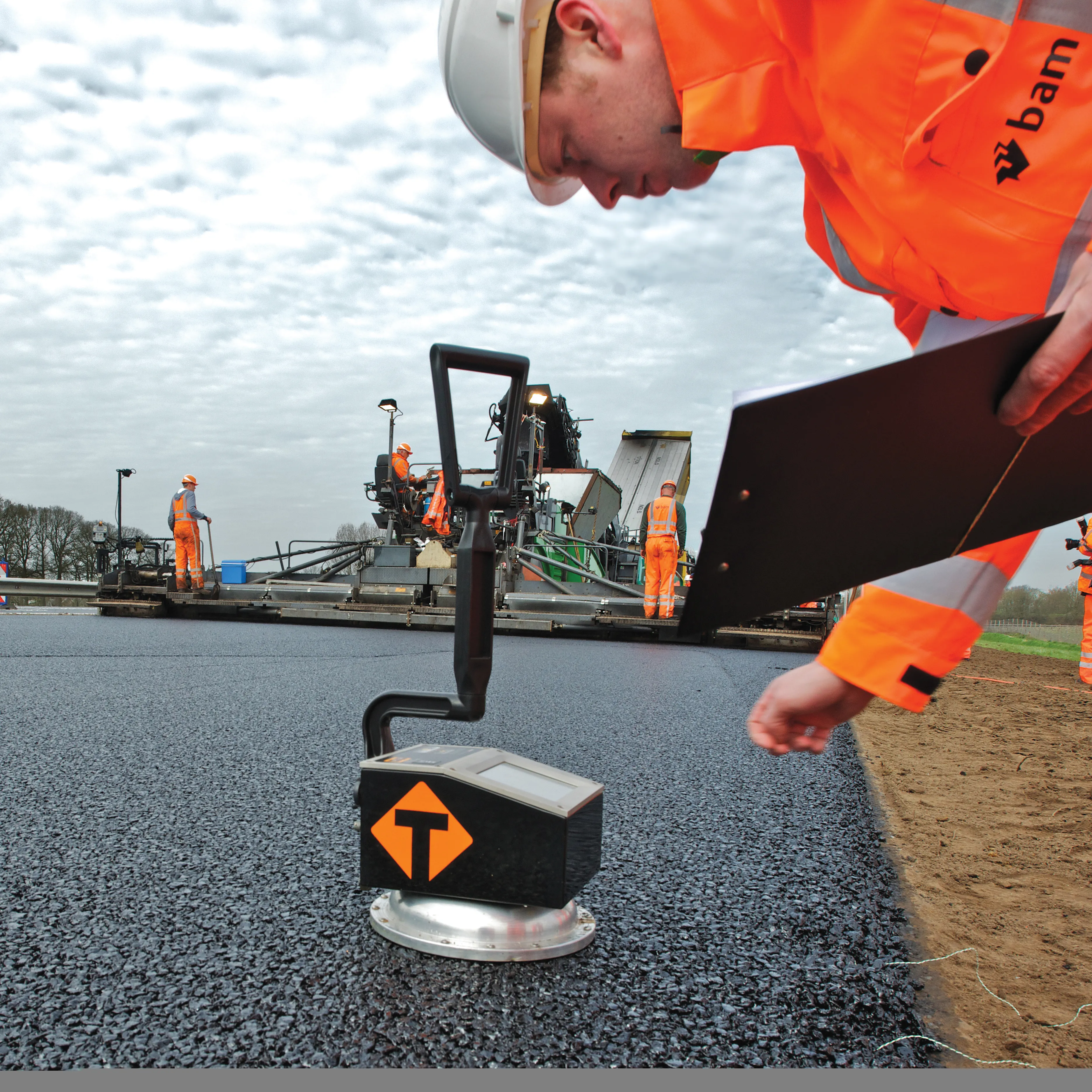March 13, 2017
Framework expert Doka has launched a hydraulic stripping corner for use in high rise construction applications such as the inside of elevator cores up to 90 storeys. Framax Xlife runs off a large hydraulic unit or a cordless drill unit and does that does not require a lot of labour. Customers are keen on this idea because, it says, “no-one has a hydraulic stripping corner right now”









